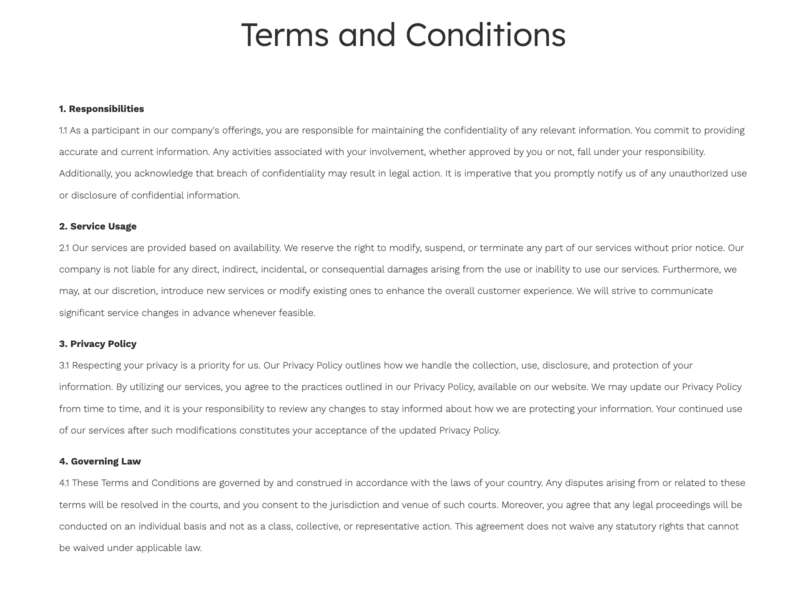Web Design Proposal Examples to Get Clients (+Templates)
Learn how to create a website design proposal that wins you clients. Get inspiration from web design proposal examples instantly usable as templates.


Learn how to create a website design proposal that wins you clients. Get inspiration from web design proposal examples instantly usable as templates.
Short answer
Cover slide
Problem statement
Your solution
Project overview and deliverables
Schedule
Pricing
Case studies
Terms and Conditions
Next steps slide
Stop losing opportunities to ineffective presentations.
Your new amazing deck is one click away!















